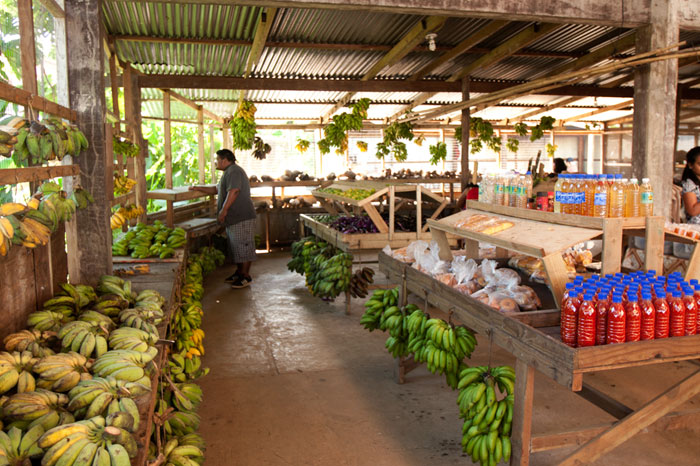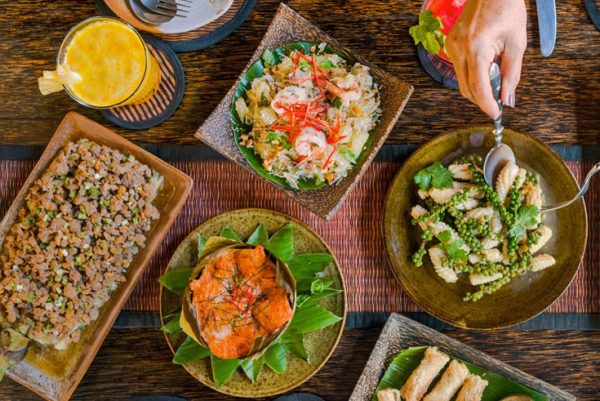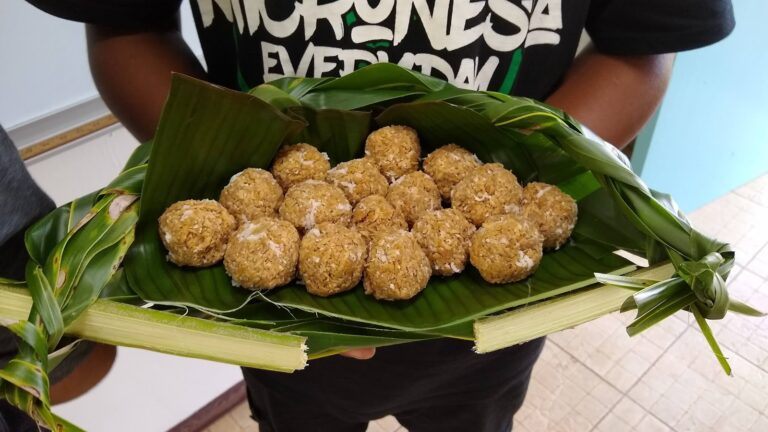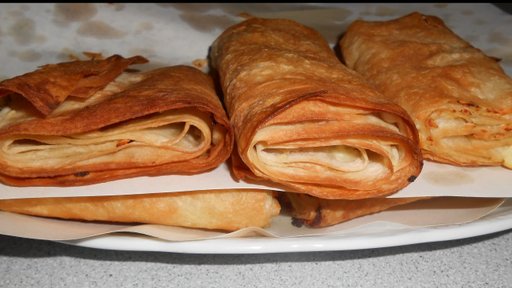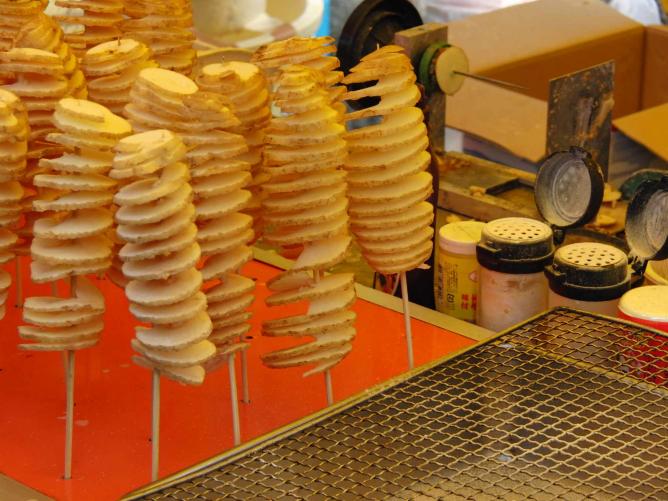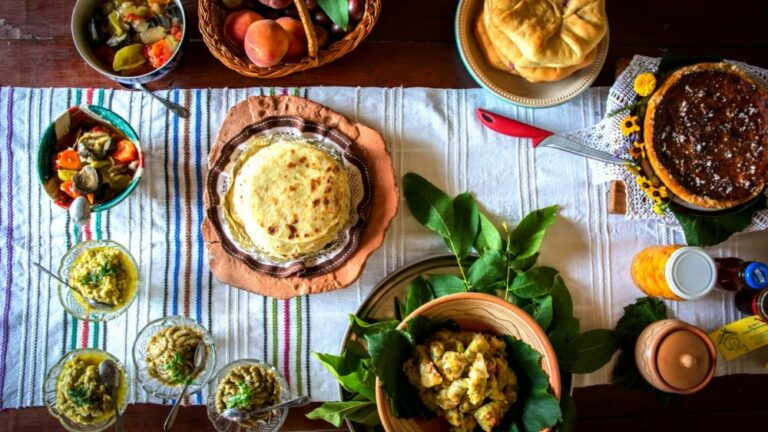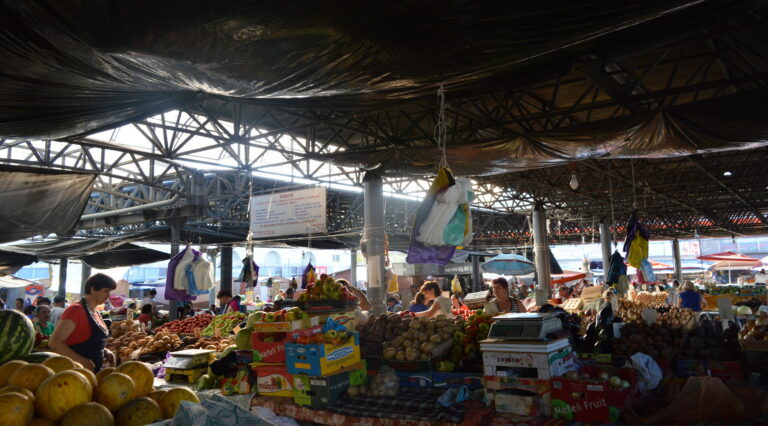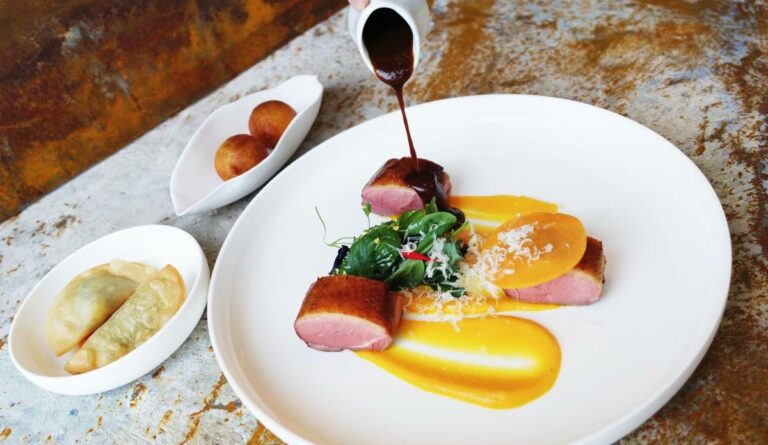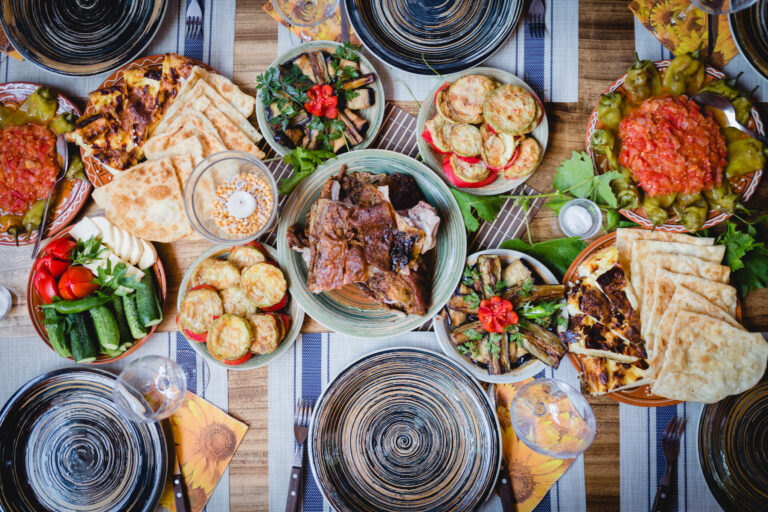Introduction: Exploring the Food Scene in Micronesia
Micronesia, a region in the western Pacific Ocean, is a group of islands and atolls that is home to diverse cultures and cuisines. When it comes to food, Micronesia offers a fusion of influences from Melanesian, Polynesian, and Asian cultures, resulting in a unique blend of flavors and ingredients. The food scene in Micronesia is centered around seafood, root crops, and coconut, and it is a must-try for food enthusiasts.
The Role of Agriculture in Micronesian Cuisine
Agriculture plays a vital role in Micronesian cuisine. The region’s volcanic soil is rich in nutrients, providing an ideal environment for growing crops such as taro, yam, breadfruit, and sweet potato. These root crops are a staple in the Micronesian diet and are used in various dishes. Coconut is also a significant ingredient in Micronesian cuisine, providing oil, milk, and flesh, which are all used in cooking. Fishing is the main source of protein in Micronesia, and seafood is a popular ingredient in many dishes.
Traditional Micronesian Dishes: What to Expect
Traditional Micronesian dishes vary from island to island, but some of the most popular ones include taro and coconut soup, fish cooked in banana leaves, and breadfruit pudding. Taro and coconut soup is a comforting dish made with taro, coconut milk, and various seasonings. Fish cooked in banana leaves is a delicacy that is prepared by wrapping fish in banana leaves and cooking it over hot coals. Breadfruit pudding is a sweet dessert made with breadfruit, coconut milk, and sugar. Overall, traditional Micronesian dishes are simple yet flavorful, highlighting the region’s natural ingredients.
Are There Any Food Markets in Micronesia?
While Micronesia does not have large-scale food markets like other countries, there are still local markets where farmers and vendors sell their produce and goods. These markets are often held once a week and are a great place to find fresh fruits, vegetables, and seafood. Some of the most popular local markets in Micronesia include the Pohnpei State Farmers Market in Pohnpei, the Weno Market in Chuuk, and the Saturday Market in Kosrae.
Street Food Vendors in Micronesia: What You Need to Know
Street food vendors are not as common in Micronesia as they are in other parts of Asia, but they do exist. Vendors often sell grilled seafood, fried chicken, and various snacks. It’s important to note that the hygiene standards of street food vendors may not be on par with restaurants and cafes, so it’s best to exercise caution when trying street food in Micronesia.
Conclusion: Savoring the Flavors of Micronesia
Micronesian cuisine is a unique blend of flavors and ingredients that reflects the region’s diverse cultures. From seafood to root crops, Micronesia has a lot to offer food enthusiasts. While food markets and street food vendors are not as common in Micronesia as they are in other parts of Asia, there are still plenty of opportunities to try traditional Micronesian dishes. Whether you’re a foodie or an adventurous traveler, Micronesia is a destination worth exploring for its diverse culinary scene.

